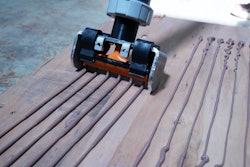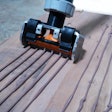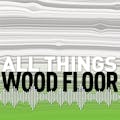The home improvement industry is emerging from one of its worst downturns since the government began tracking such data in the early '60s, according to the report "A New Decade of Growth for Remodeling," which was released recently by the Joint Center for Housing Studies of Harvard University. "Homeowners who deferred maintenance and improvements during the recession may soon start to spend more freely," according to the report. Real spending on homeowner improvements is expected to grow at a 3.5 percent average annual pace as the industry begins to benefit from spending on the rehabilitation of foreclosed properties. And since dwelling mobility is low, most homeowners will concentrate on improvements that add value to their home, like energy-related retrofits, instead of funding discretionary projects like kitchen and bathroom remodels.
Still, challenges remain: A quarter of homeowners remain underwater, owing more on their mortgages than their home is worth; this makes it difficult for them to borrow against their home to fund an improvement. Also, homeowners who are underwater cannot move unless they default on their mortgage or can cover the difference between the sale price and the amount owed. In turn, this is dampening remodeling activity by reducing home sales and the additional spending that home turnover triggers.
The report offers a retrospective analysis, as well. It tells of how the remodeling industry peaked in 2007, well after the housing bubble burst but before the collapse of the U.S. financial industry. Through the ensuing recession, the overall remodeling market fell 12 percent (2007-2009). The peak-to-trough drop in homeowner spending on maintenance and improvements was more than 20 percent.























